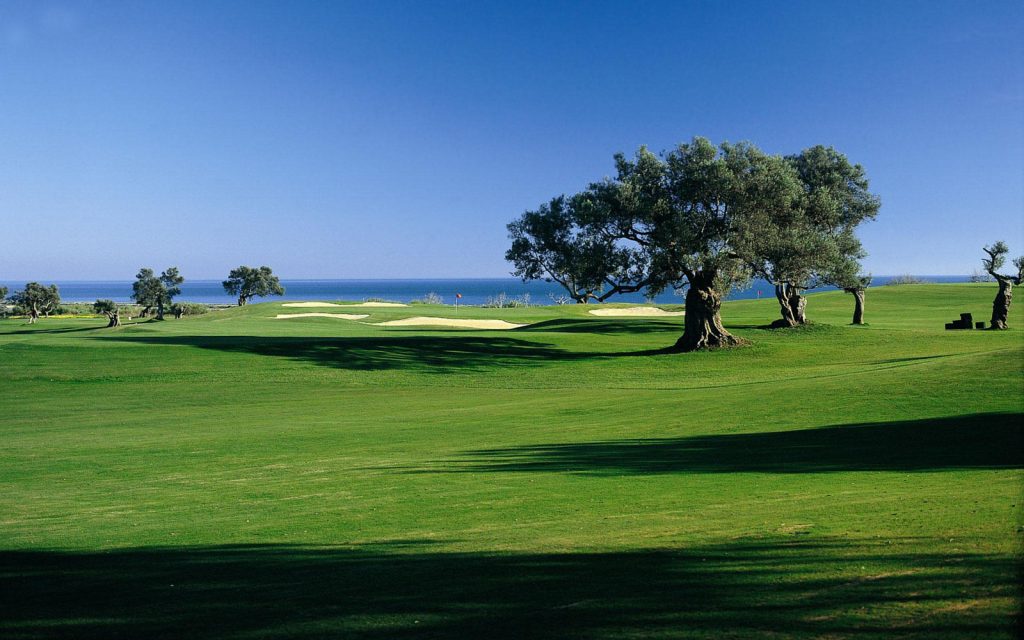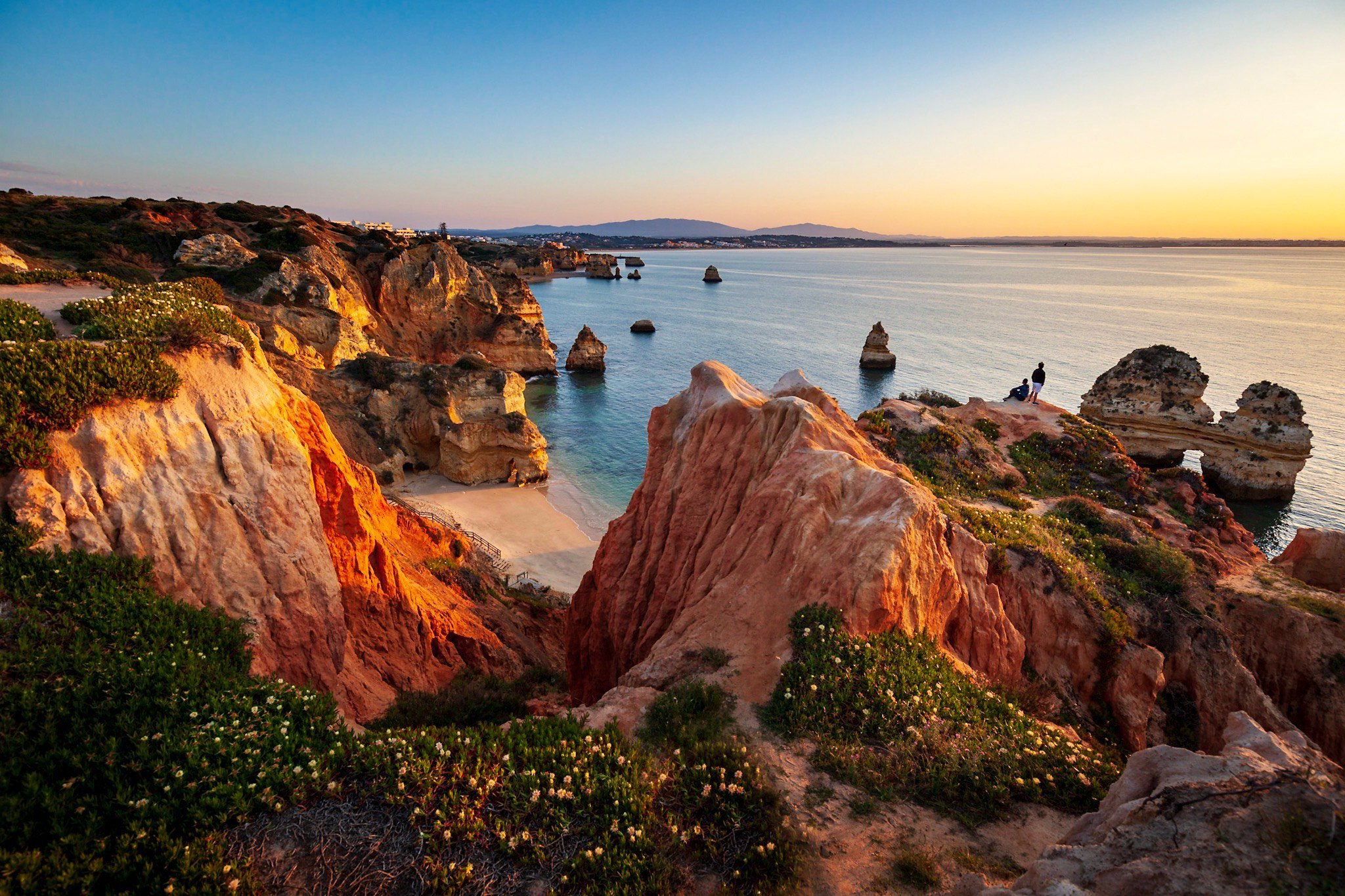Sherry House: Emilio Hidalgo, And Ways to Change Future Generations into Sherry Lovers
In recent weeks, I have visited the Emilio Hidalgo bodega twice, and since their wines are so good, a post has become just about unavoidable. This is a small, truly independent, family-owned bodega. It was started by the Hidalgo family in the mid 1800s and is run by decedents of the founders brothers Fernando and Emilio Hidalgo and their cousin Juan-Manuel Hidalgo. The business remains at their original site, in the old centre of Jerez and the bodega is made up of a series of traditional, thick walled bodegas separated by “patios”. This is an age-old system. When a breeze moves over the buildings, cooler air sinks down into the patios and then through the open doors around them into the bodegas, while warm air inside the bodegas rises up into the high cathedral-like roof spaces. This is how the bodegas are kept cool, even when it is fiercely hot outside. The temperature can also be regulated by opening and closing doors or windows, so keeping the inside of the bodegas at a steady temperature, perfect for ageing the wine.
The first time I visited Emilio Hidalgo, with friends, we tried three of their wines. Their Fino “La Panesa”, an old Amontillado called “El Tresillo 1874” and their well known Oloroso “Gobernador”. They are all worth seeking out, and no doubt their other wines are too. Germany is currently the main export market for Emilio Hidalgo, however if you are based in the States, their agent is Winebow, who should be able to help you locate a bottle or two.
At Emilio Hidalgo, I once again enjoyed a lively conversation with their American exporter, Peter De Trolio. Peter is great fun, very knowledgeable, and if you ever get the opportunity to visit the bodega, he gives a fantastic tour. We got into conversation about wine tourism in Jerez, which I have written about before. Peter believes bodegas in Jerez are not as open to tourism as winemakers in many other parts of the world are because of the way the trade was structured in the past.
Bodegas were only responsible for the production side of things and once the butts had been rolled into a ship in Cadiz harbour, that was that. This idea still seems to linger and so servicing wine tourism is seen by many as simply another cost of production, something which eats into profits.
This is interesting for me, because it is not the first time I have heard this idea mentioned in Jerez. This has also been applied to marketing and selling.
In the past wine merchants and agents in London, Bristol, Hamburg, New York or wherever bottled, labeled and sold the sherry. Perhaps these marketing skills were lost when the structure of the trade changed. The decline in sales started at about the same time – in the late 1970s. Perhaps the “culture” of being a merchant did not transfer to the bodega owners? I wonder to what extent the dead and heavy hand of “culture” and tradition is contributing to the steady decline in sherry sales. Perhaps the decline is not entirely due to change in tastes, and just maybe, the bodegas, and the trade in general, should be trying a new approach? How about starting a conversation with Generation Y for instance?
Hasta la proxima!
Justin









